Ambassador Hoang Anh Tuan, former Director of the Institute for Strategic Studies, Diplomatic Academy, commented that the four factors that create President Trump's great influence and the five elements of the 'Trump Doctrine' aim to put the United States at the center of geopolitical changes and ensure maximum benefits.
 |
| Donald Trump's "America First" vision emphasizes the priority of economic interests, national security and America's leadership role. (Source: ABC News) |
Even before Donald Trump took office, many “big stories” such as the Russia-Ukraine conflict, the Middle East, the world economy, etc. have undergone major changes. Does that prove that Trump’s influence is huge, Ambassador?
Even before taking office for the second time, President-elect Donald Trump's influence has been enormous and "terrifying". This can be explained by four main factors: strong leadership style, distinct strategic vision, ability to shape international public opinion and especially the unpredictability in policy decisions.
First , Donald Trump's decisive leadership style has made its mark since his first term. Trump does not hesitate to use economic, military and diplomatic power to achieve national interests.
The tough, sometimes controversial, decisions have forced both allies and adversaries to adjust their strategies to adapt. This explains why, as soon as the 2024 election results were announced, major countries such as China, Russia, as well as traditional US allies in Europe and Asia, immediately reviewed their foreign policies to prepare for the scenarios that Trump 2.0 could bring.
Second, Mr. Trump's "America First" vision emphasizes the priority of economic interests, national security and the leadership role of the United States. With statements such as asking allies to increase their defense responsibility, increasing pressure on China, or even proposing to control the Panama Canal... Mr. Trump has changed the geopolitical landscape even before taking office.
This is particularly evident in the Indo-Pacific region, where countries like Japan and Australia must prepare for the possibility of escalating tensions as the US increases its military presence to counter China.
Third , Mr Trump’s ability to shape international opinion is a key factor. He has used social media not only to stir public opinion but also to make the world focus on the topics he wants to emphasize, from his offer to “buy” Greenland, his desire to make Canada the 51st state, to the US role in NATO.
This makes countries not only pay attention to Mr. Trump's statements but also feel pressure to adjust their strategies to avoid falling into a disadvantageous position.
Fourth, and of particular importance, is the unpredictability of Mr. Trump's leadership style, which confuses not only his opponents but also his allies.
For example, the controversial idea of annexing Greenland surprised and embarrassed Denmark and NATO, while the proposal to impose high tariffs on goods from Mexico shortly after taking office raised concerns in bilateral relations.
The case of Canada is another example: Despite being a close ally, Canada has faced strong criticism from Mr. Trump on trade and immigration issues, forcing Ottawa to make many adjustments to protect its economic interests.
This unpredictability not only increases the instability in international relations but also gives Mr. Trump an advantage in leading negotiations. By keeping his opponents in a state of surprise and passive response, Mr. Trump can reshape the situation in a favorable direction for the United States.
However, this also poses a significant challenge for allies when facing an unpredictable partner, forcing them to be more flexible in building relationships with the Trump 2.0 administration.
In short, Mr. Trump’s influence comes not only from his clear political vision or decisive leadership style, but also from his unpredictability and ability to exploit this factor to achieve strategic goals. This is what makes both allies and opponents have to be vigilant and well-prepared, even before Mr. Trump officially returns to the White House.
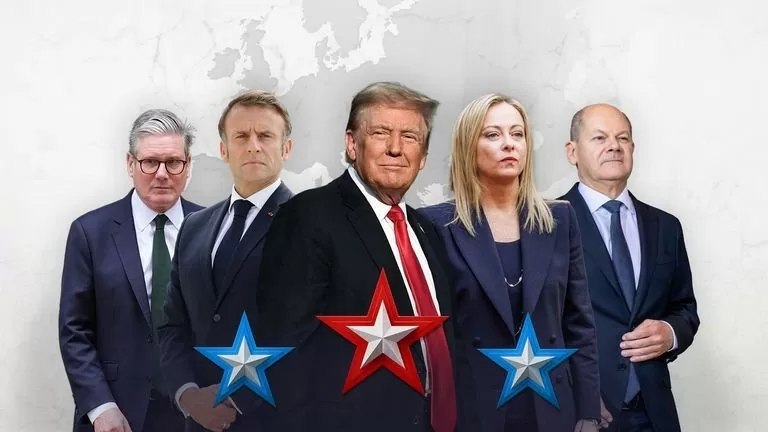 |
| A prominent feature of the "Trump Doctrine" is the open challenge to Western allies based on ideological differences. (Source: Sky News) |
The “Trump Doctrine” in foreign affairs is being talked about more and more. According to the Ambassador, is it time to define this doctrine more clearly? What are the main elements of this doctrine, and how will it shape the role of the US in the world?
The Trump doctrine on foreign policy is taking shape even before Trump officially takes office for his second term. This doctrine is based on three main foundations: (i) America First commitment, focusing on protecting US national interests, (ii) lessons from past failed military interventions, and (iii) a vision of a new global order and reshaping international alliances based on conservative ideology.
From this foundation, the "Trump Doctrine" reflects a fundamental change in US foreign policy thinking. US policy under the Trump administration will not only stop at adjusting national priorities but also set the goal of reshaping the global power structure, where the US not only plays a central role but also actively leads changes.
The "Trump Doctrine" includes the following five main elements:
One is to prioritize national interests through economic autonomy and trade protection.
The “America First” commitment is a core pillar of this doctrine. Mr. Trump emphasizes restoring the US economic strength through trade protectionism and reducing dependence on global supply chains, especially from China. The “Made in America” policy continues to be promoted to reindustrialization, create domestic jobs and protect strategic US industries.
In this effort, Trump also proposed establishing the External Revenue Service, which would collect import taxes from countries that benefit from trade and business with the United States. This is part of the Trump administration's strategy to increase national budget revenue, reduce the trade deficit and promote economic fairness.
In addition, Mr. Trump continues to renegotiate economic agreements, requiring trading partners to share economic responsibilities more fairly and reduce the unequal burdens that previous agreements have placed on the United States.
Second , compete fiercely with the superpowers.
The “Trump Doctrine” sees China and Russia as the top strategic rivals that must be contained. In dealing with China, Mr. Trump has used measures such as imposing heavy tariffs on Chinese goods, imposing economic sanctions, and restricting access to advanced US technology. This is an approach aimed at weakening China’s economic and technological strength, especially in strategic areas such as artificial intelligence and semiconductors.
With Russia, Mr. Trump emphasized strengthening security alliances to counter Moscow's expanding influence, especially in Europe and the Arctic. In the context of the Russia-Ukraine conflict, Mr. Trump asked NATO allies to increase their financial contributions and defense autonomy, reducing the burden of military costs for the US while ensuring that Russia does not exceed established limits.
Third , build a new order of the Western world based on conservative ideology.
A prominent feature of the “Trump Doctrine” is the open challenge to Western allies based on ideological differences. According to Republican strategists, left-wing governments in Canada, Britain, Germany, and France have “undermined” the international order through globalization and progressive agendas that contradict the conservative values that the incoming Trump administration represents.
Right-wing strategists advocate changing the governments in these allied countries by supporting conservative opposition parties to form governments that are ideologically similar to the United States.
In Canada, Mr. Trump has been highly critical of Prime Minister Justin Trudeau’s government and welcomed the change in administration to a more conservative, pro-American orientation. In the UK, close allies of Mr. Trump such as Elon Musk have repeatedly attacked Prime Minister Keir Starmer of the Labor Party, while supporting right-wing parties such as the Reform Party in the UK in an attempt to create political change.
Similarly, GAGA (Make America Great Again) supporters have also given special support to the French National Front (National Front) of right-wing politician Jean-Marie Le Pen, or the Alternative for Germany (AFD) as an alternative to traditional left-wing parties. Even Elon Musk has openly advocated “Make Europe Great Again”, similar to Trump’s campaign slogan and agenda of “Make America Great Again”.
Mr Trump’s deeper goal is to build a new Western order based on conservative ideology, where allies share similar values with the US Republican government. This change is seen as a necessary condition for the US to maintain its global leadership role.
Despite unprecedented tensions with allies, the Trump administration sees this as a long-term strategy to reshape the world order according to American interests and values.
Fourth, “peace based on strength”.
Mr Trump has pledged to end the protracted and unnecessary wars the US has fought in the past. However, he has also asserted that the US will not hesitate to use its overwhelming military power to deter rivals or protect national interests.
Trump’s “peace through strength” thesis is based on the assumption that superior military capabilities will deter adversaries from challenging the United States. Increasing defense spending, modernizing the military, and maintaining a strong military presence in strategic regions such as the Middle East and the South China Sea are concrete measures in this policy.
Fifth , pragmatic multilateralism.
Mr. Trump does not completely reject the role of international organizations, but requires them to directly serve US interests. He criticizes organizations such as the WTO and the WHO for lacking transparency and arguing that they are no longer suitable for new realities. If necessary, the US is ready to withdraw or renegotiate commitments to these organizations.
On climate change, Mr. Trump has rejected international agreements but encouraged private investment in clean energy and green technology. This is a pragmatic approach that balances economic growth and environmental protection without weakening the American economy.
The Trump doctrine of foreign policy reflects a combination of national interests, military power, and conservative ideology, aiming to reshape the global order in America's favor. This doctrine not only places America at the center of geopolitical changes but also promotes a new vision of American leadership in the 21st century.
Thank you very much Ambassador!
Read the final episode: Asia-Pacific focus and the 'hot spot' of US-China competition
Source: https://baoquocte.vn/du-bao-chinh-sach-cua-tong-thong-trump-ky-i-kien-tao-tam-nhin-mang-dam-phong-cach-trump-ve-vai-tro-lanh-dao-cua-my-301422.html










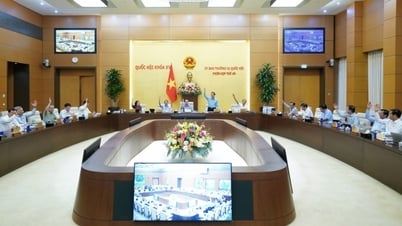
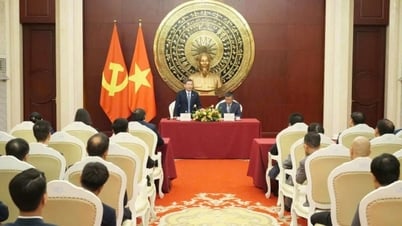

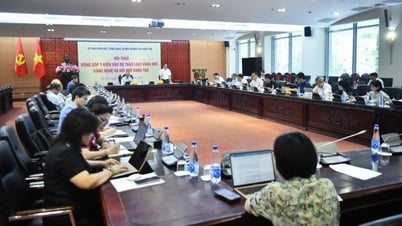
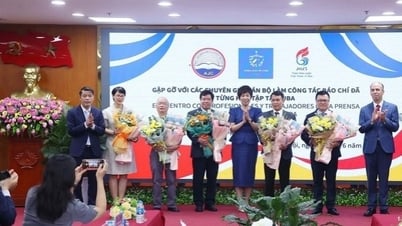







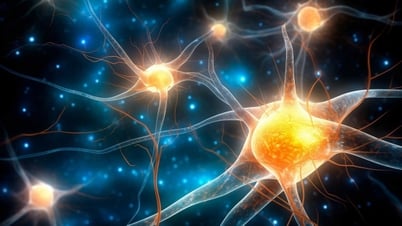




































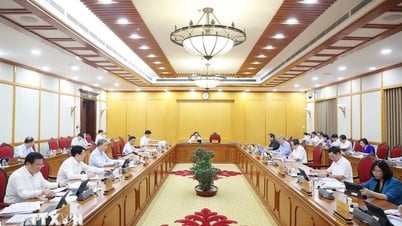



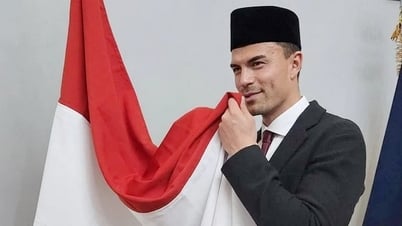











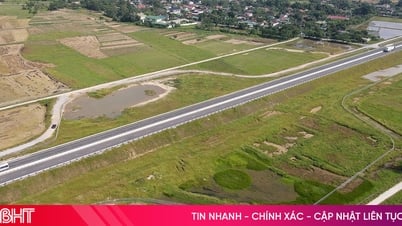


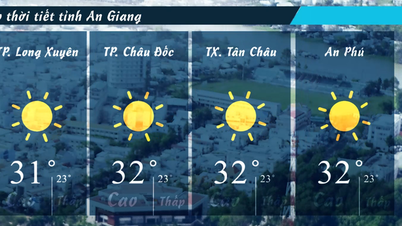











![[OCOP REVIEW] Tu Duyen Syrup - The essence of herbs from the mountains and forests of Nhu Thanh](https://vphoto.vietnam.vn/thumb/402x226/vietnam/resource/IMAGE/2025/6/5/58ca32fce4ec44039e444fbfae7e75ec)



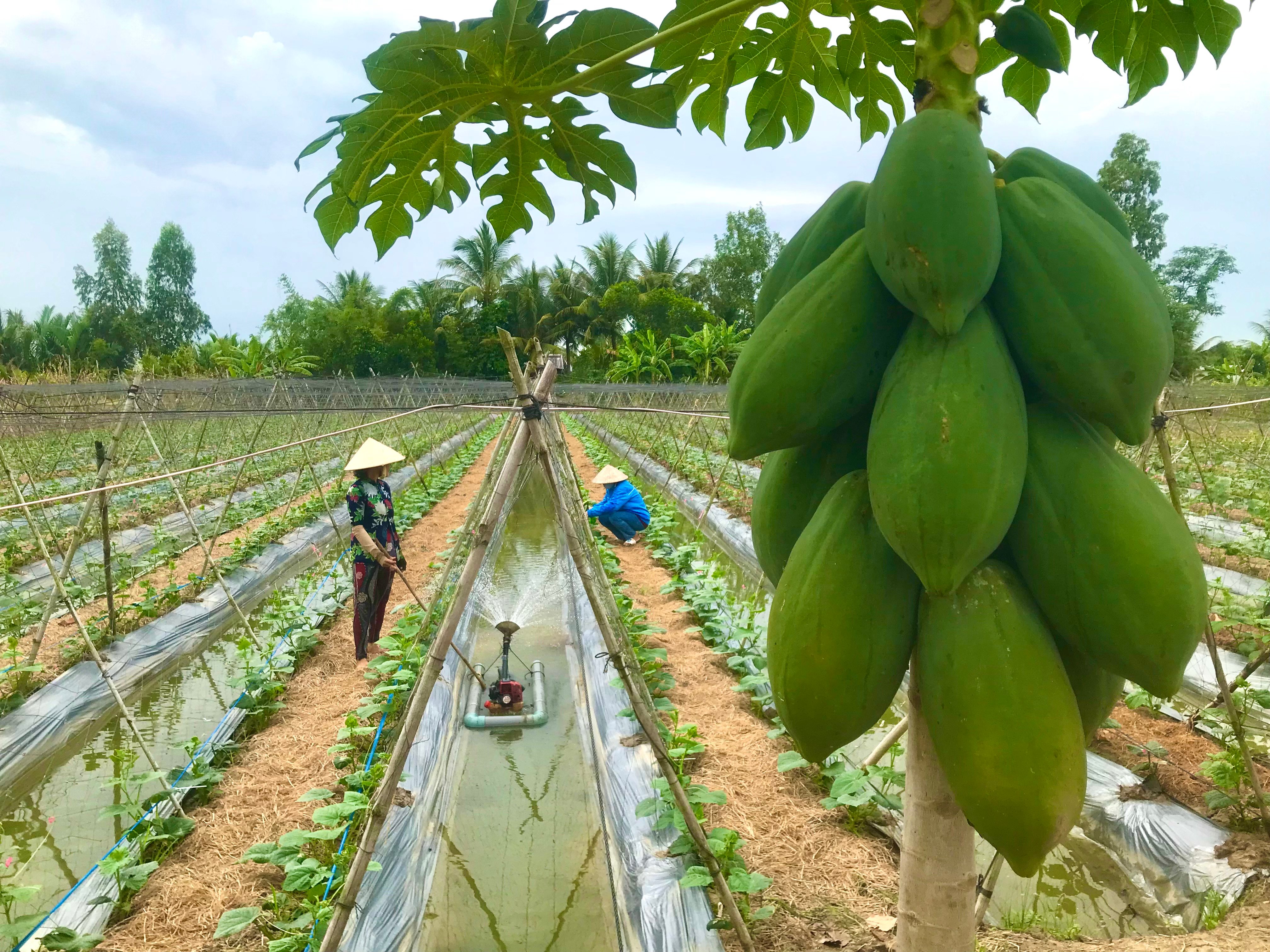

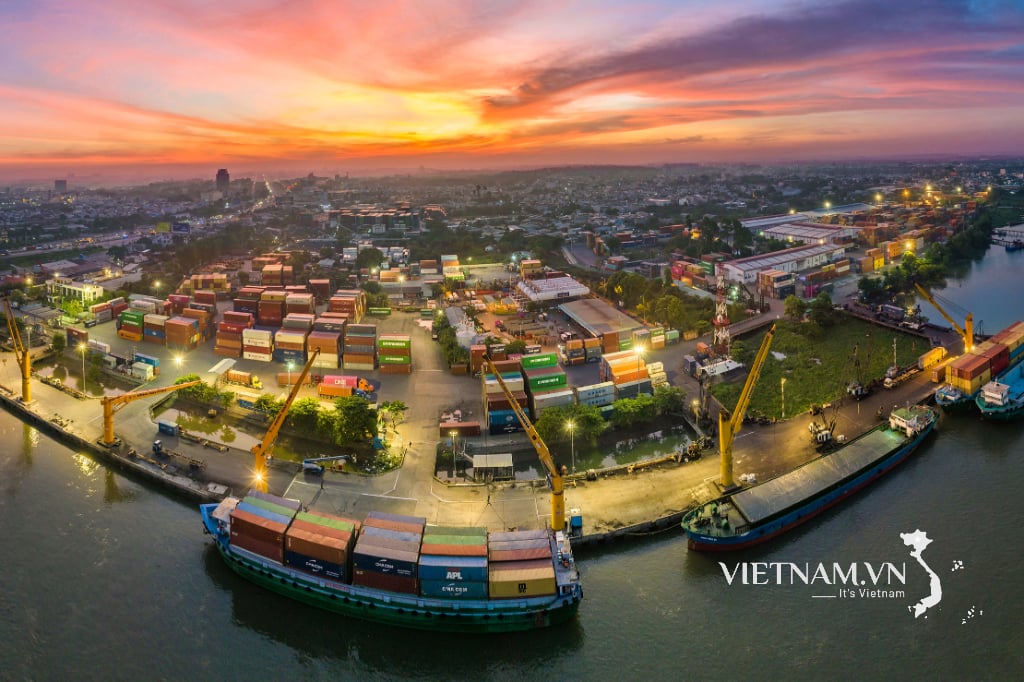

Comment (0)